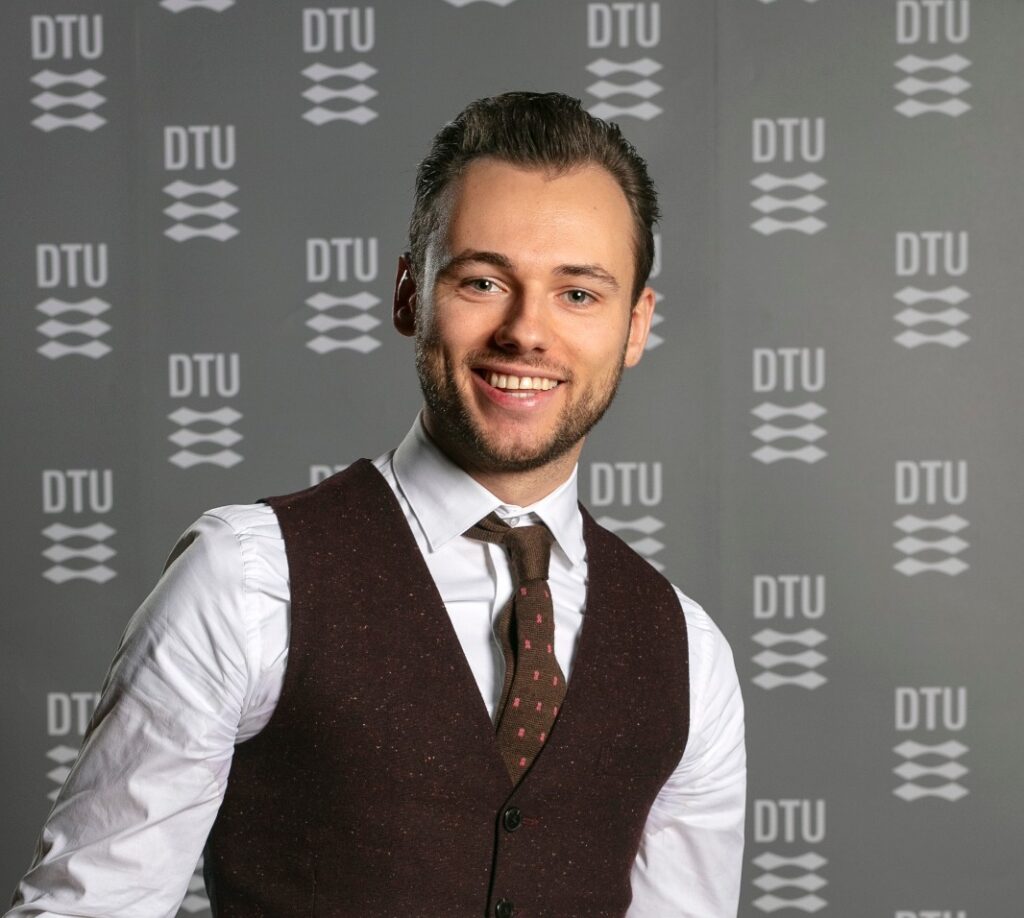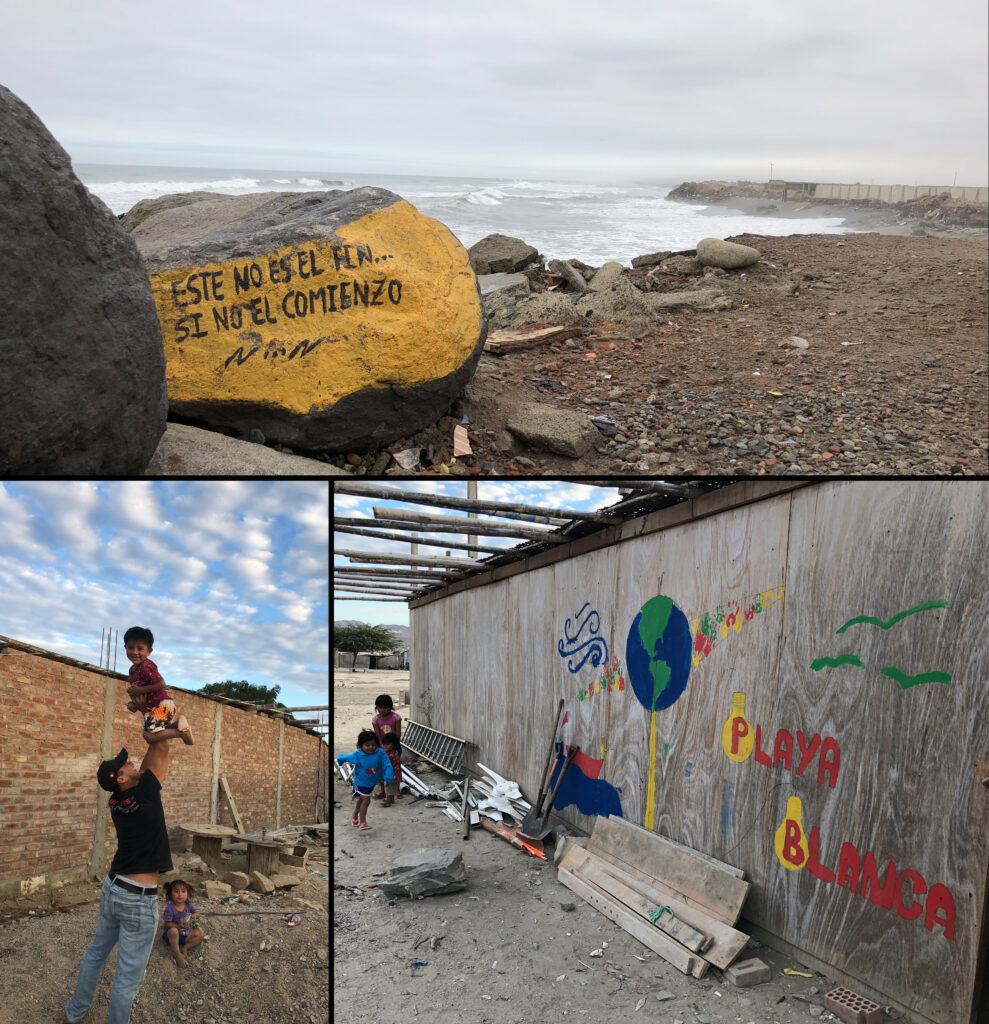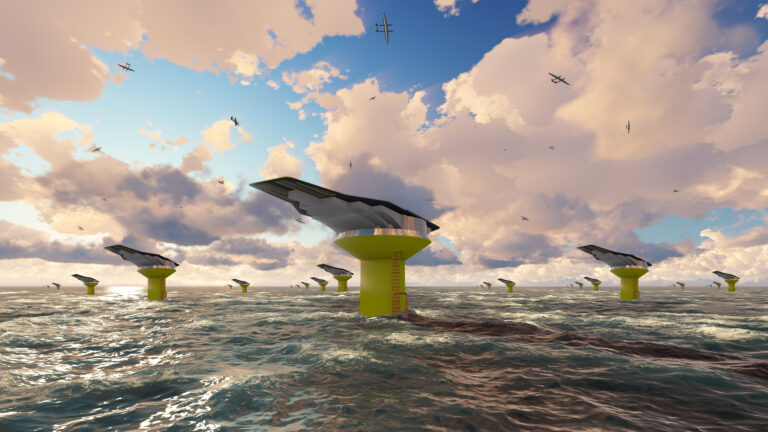Dylan Eijkelhof
- Delft University of Technology
- +31 15 278 7282
- D.Eijkelhof@tudelft.nl
- Work package WP1a: airborne wind energy
- Design & Operation of utility-scale airborne wind energy systems in wind parks.



Being the first in my family to go to a university in The Netherlands, a whole new world opened up right in front of me when I arrived in Delft. I started to develop critical thinking, something that eventually lead me to this path. The world is changing, for the good AND for the bad. My engineering master’s degree specialized in wind energy presented me with a way to do something about this bad development and hopefully create a somewhat better future for the next generations.
A volunteering experience in Peru (building small-scale wind turbines in rural areas) showed me that national and international collaborations can have a great impact. It also gave me an example of what climate change does if not stopped. I took the following photo(top) in Trujillo, Peru. Once a large piece of land, now vanished into the sea by rising sea levels. However, the local people still believe in turning the tides, therefore someone painted on this stone: “This is not the end, it’s the beginning.” The bottom two photos are taken in a small beach town, playa blanca, Peru. The electricity we provided, allowed these kids to grow up and be happy, with having lights at night and in their school. This whole experience, collaborating with many people from different backgrounds, is one of my main drivers in my research on renewable energy solutions in the neon research group. I believe this collaboration will accelerate the transition to renewables in all kinds of different research areas.
In my PhD project, I am investigating the power potential of airborne wind energy(AWE) systems, operated in wind parks. In order to do this, an airborne wind energy system must be modelled accurately. In collaboration with Ampyx power, I will focus on developing a high-fidelity aircraft design tool which can optimise the structural design of an airborne wind energy aircraft on both mass and cost. This tool will then be used to create a detailed description of a large aircraft that could produce multiple megawatts of electrical power. In the last two years of my PhD this design can be used as a reference aircraft in wind park simulations to evaluate the power yield of such large systems and optimise the operation of an AWE power plant.
Following are the initial high-level research objectives of my PhD:

I expect to work together with Prapti Maharjan who is interested in performing a life cycle analysis of an AWE system. Combining the knowledge and result of that analysis will help me choose materials for the aircraft’s structural design.